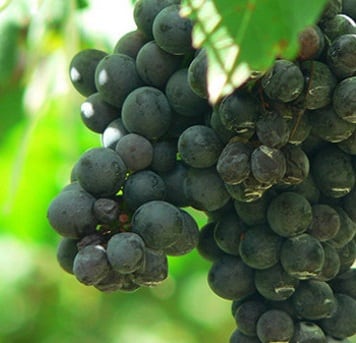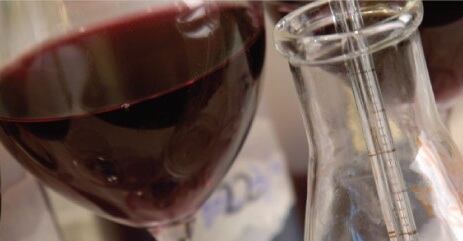Renaissance Yeast offers products which do not produce hydrogen sulfide – a byproduct of traditional yeasts which affects quality and taste – during fermentation.
In 2014, the company focused on the US and Italy; but this year wants to expand sales into all major wine-producing regions of the world. It is also developing yeasts for beer, cider, whiskey and sake.
The company’s emerging orchestra of products are named after Italian musical terms: and this week it launched ‘Brioso’ at the 2015 Unified Wine & Grape Symposium in California.
Developing and commercialising yeast technology
Hydrogen sulfide (H2S) is a byproduct of conventional yeast fermentation. Wine may be so heavily tainted with this contaminant that it has a noxious odor – reminiscent of rotten eggs – that requires costly and labor-intensive methods to remove. It can also impact the wine’s quality.
Researchers at the University of California, led by Dr Linda Bisson, developed a yeast strain that does not produce hydrogen sulfide during fermentation, but is otherwise the same as traditional wine yeasts.
Renaissance Yeast signed an exclusive license for the technology in summer 2013, and is now developing and commercialising the product.
John Husnik, CEO, Renaissance Yeast, told BeverageDaily.com its yeast is priced in the same range as other premium versions, improving quality at no extra cost.
“In 2014, our first year, we sold a considerable amount of yeast in the US and Italy and we are expanding sales for 2015 into all major wine-producing regions of the world,” he said. “Our goal for the end of 2015 is to have distributors and sales in all major wine countries world-wide.”
“We have developed H2S-preventing yeasts for beer and cider and these will be introduced in 2015 to the beer and cider markets in the US, Europe and overseas.
“We are also planning to develop yeasts specifically for yeast-fermented beverages such as whiskey, sake, mead – almost any yeast-fermented beverage is a target market for us.”

From Andante to Allegro
Naming the yeasts after musical terms is a flourish which fits the industry, said Husnik. Certain yeasts have been found to work better with certain wines.
“The parental H2S-preventing strain that the technology is based on was originally isolated from a grape must in Italy. We wanted names that not only connected with Italy but also the name of our company Renaissance.
“The terms also needed to describe a characteristic of the yeast strain or the wine it produced. Therefore Vivace (lively) was a natural fit for a sparkling wine strain, and Allegro (quick) and Andante (walking pace) described the tempo of the fermentation of their particular strains.
“Maestoso (majestic) was perfect for our strain suited for full-bodied reds, and the Brioso strain produced Pinot Noir wines that could easily be described as vivacious and full of life.”
To the rescue of organic winemakers
Factors such as sulphur sprays, weak soil, vineyard age, vine decline, disease, high sugar grapes, and late season harvesting can lead to hydrogen sulfide contamination.
Remediation of wine can be done by aerating the vintage or by adding copper, but Husnik says this results in lower wine quality. Another method is to dilute the wine with an unspoiled batch.
“Sometimes the wine batch is so spoiled that it has to be dumped and thrown away for a financial loss,” he said. “This is a significant cost to the winery’s bottom line.
“Any winemaker who has had a vintage spoiled by hydrogen sulfide knows the cost of contamination - the time and energy of staff needed to remediate the wine, and the negative impact on the brand’s reputation in the marketplace should less-than-top-quality wine be released for public consumption.
“H2S poses a very significant problem to organic wine, cider, and beer makers as the traditional remediation methods (addition of copper) are not allowed.”
Improve the vintage’s complexity and aroma
“To date, we have found that the majority of winemakers are very open and willing to give us a try – we think this is a great characteristic of all winemaking professionals,” said Husnik.
“Once winemakers try and compare wine made with our H2S-preventing yeast to wine made with their traditional yeast, many find that our yeast allows the wine to be “more open” and display much more complexity and aroma than they would get normally.
"For specific problem varietals that consistently have H2S issues the quality difference is impressive.

“Besides preventing hydrogen sulfide from contaminating the wine, our yeast also improves the quality by opening up the vintage’s complexity and aroma. Few other solutions do both.”
*Beverage & Dairy Treatment 2015: Free Online Event featuring speakers from Zenith International, Refresco Gerber and Meiji. Click here to register for the free online event.

